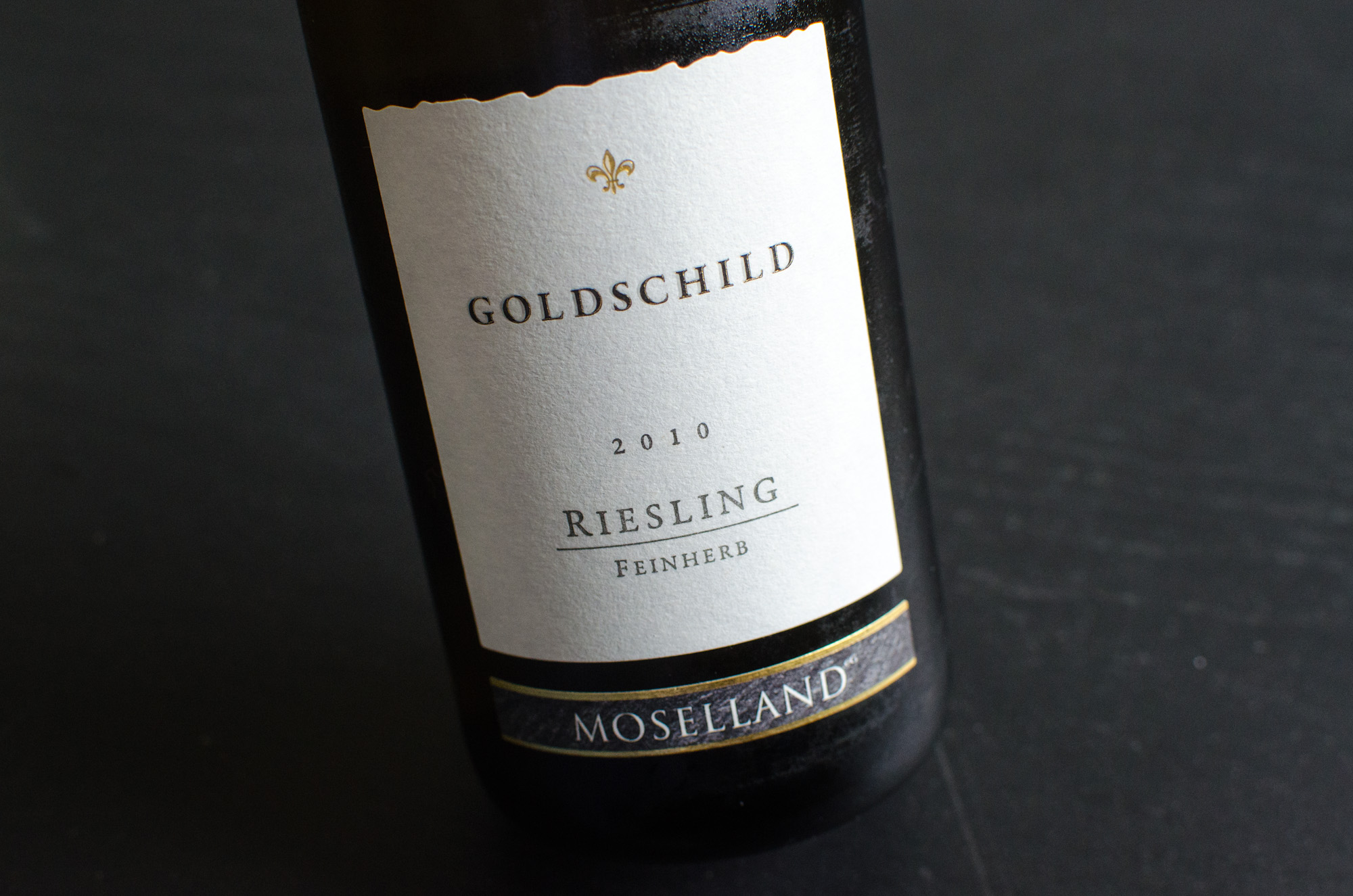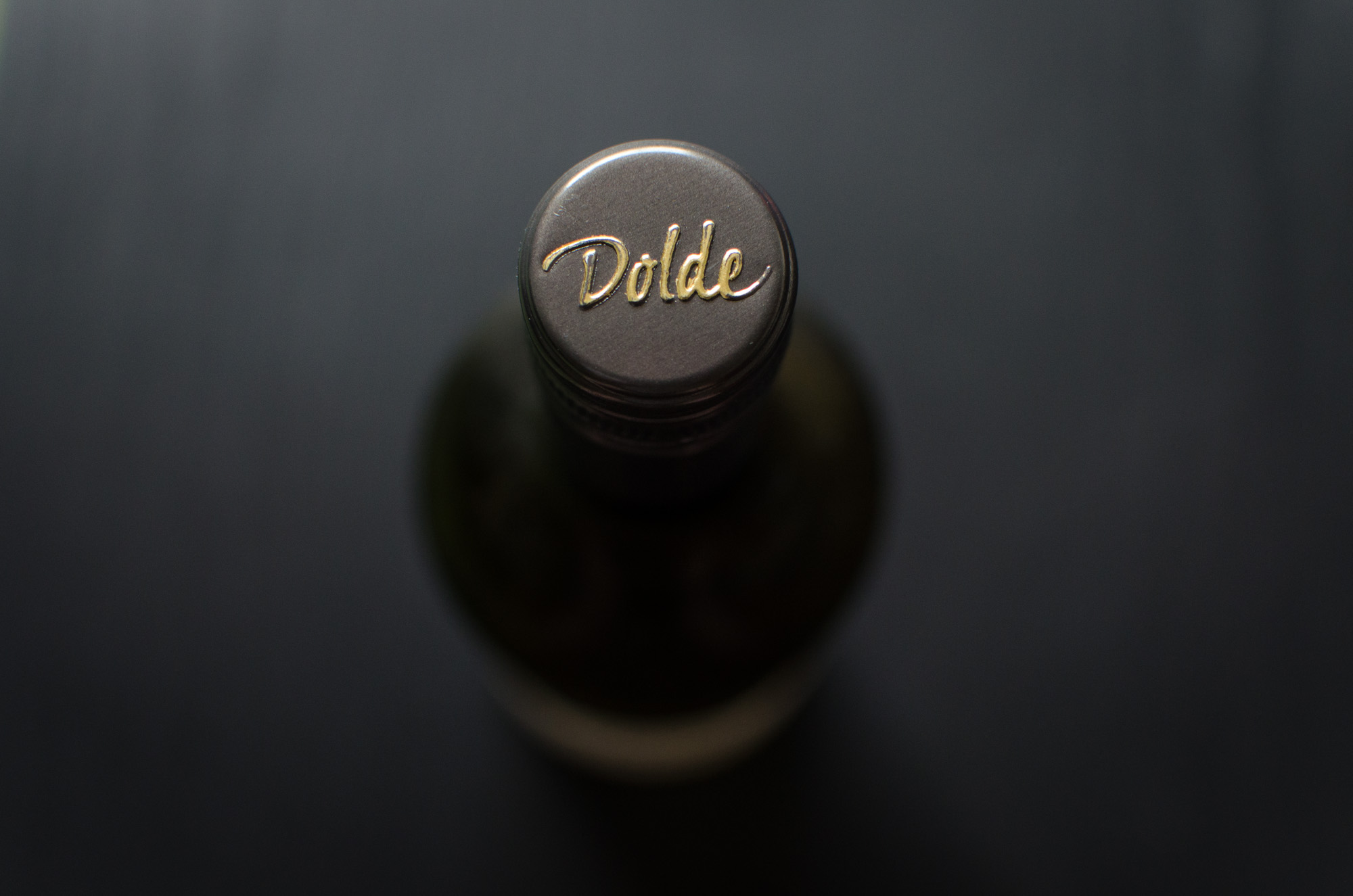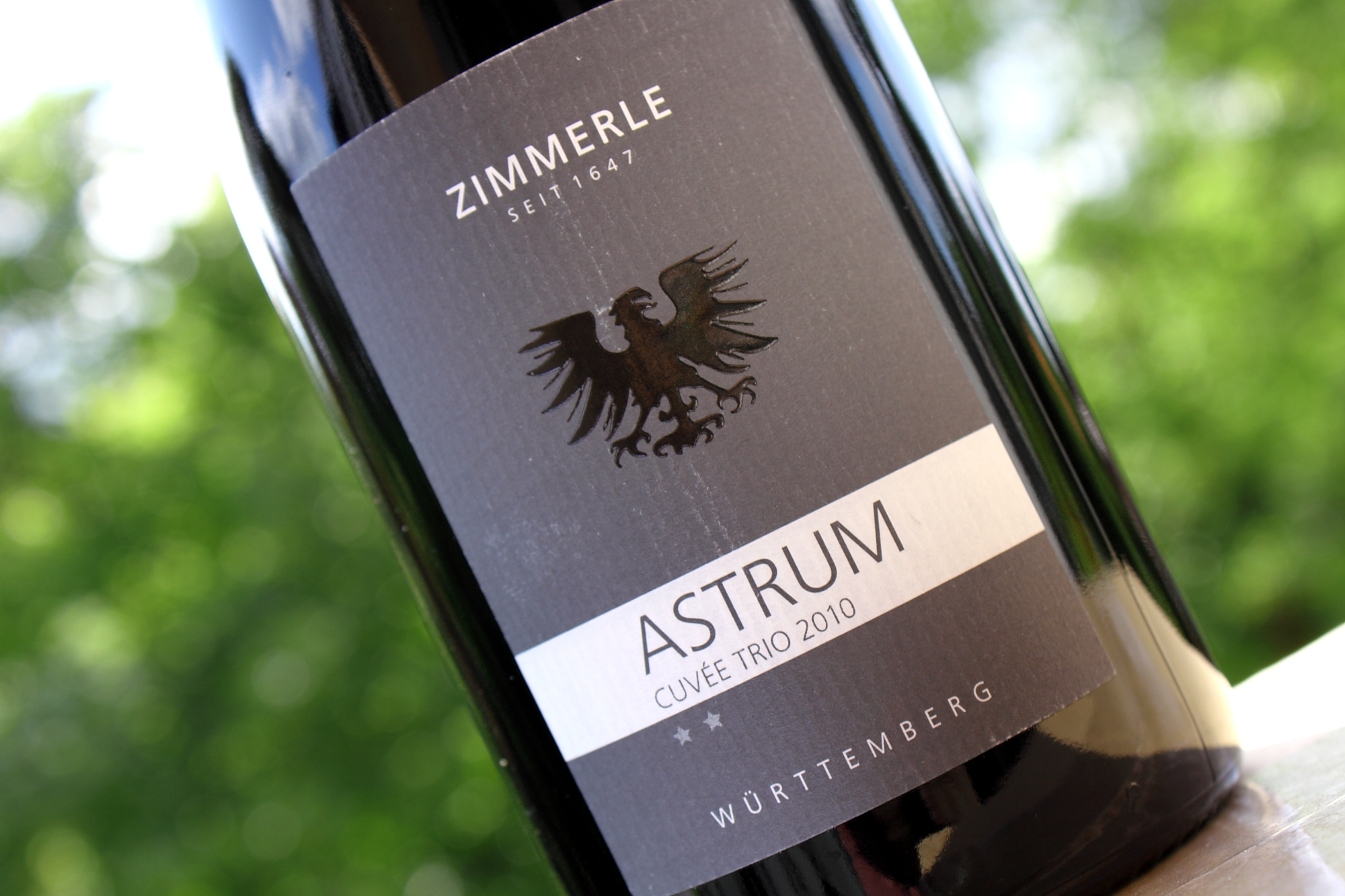I sometimes think that I could, at some time in the distant future, grow conservative. I would remove myself to the country, improve my tax evasion skills and shake my head at the foolishness of do-gooders, environmentalists and labour unions. "They grow good people in our small towns", I would drawl, in the manner of an American republican. But since, for the time being, I'm a European left-leaning, city-dwelling, wine-sipping intellectual (of sorts), I'll have to amend this to the factually indisputable "they grow good wines in our small towns". Baden's out-of-the-way Markgräflerland region, covered for the Wine Rambler by Simon Jones, is the place to go if you want to celebrate small town life. But, far from conservative, it's actually frightfully progressive and reforming when it comes to tackling wine quality. And they grow not only good winemakers, but a speciality: The Gutedel grape, known as Chasselas in Switzerland.

These fresh, light, softly fruited whites can come over a touch boring, but then, they come so invitingly priced that you can afford to taste yourself through a couple before you find one that tickles your palate. I got lucky at the small winery run by the Brenneisen family:










